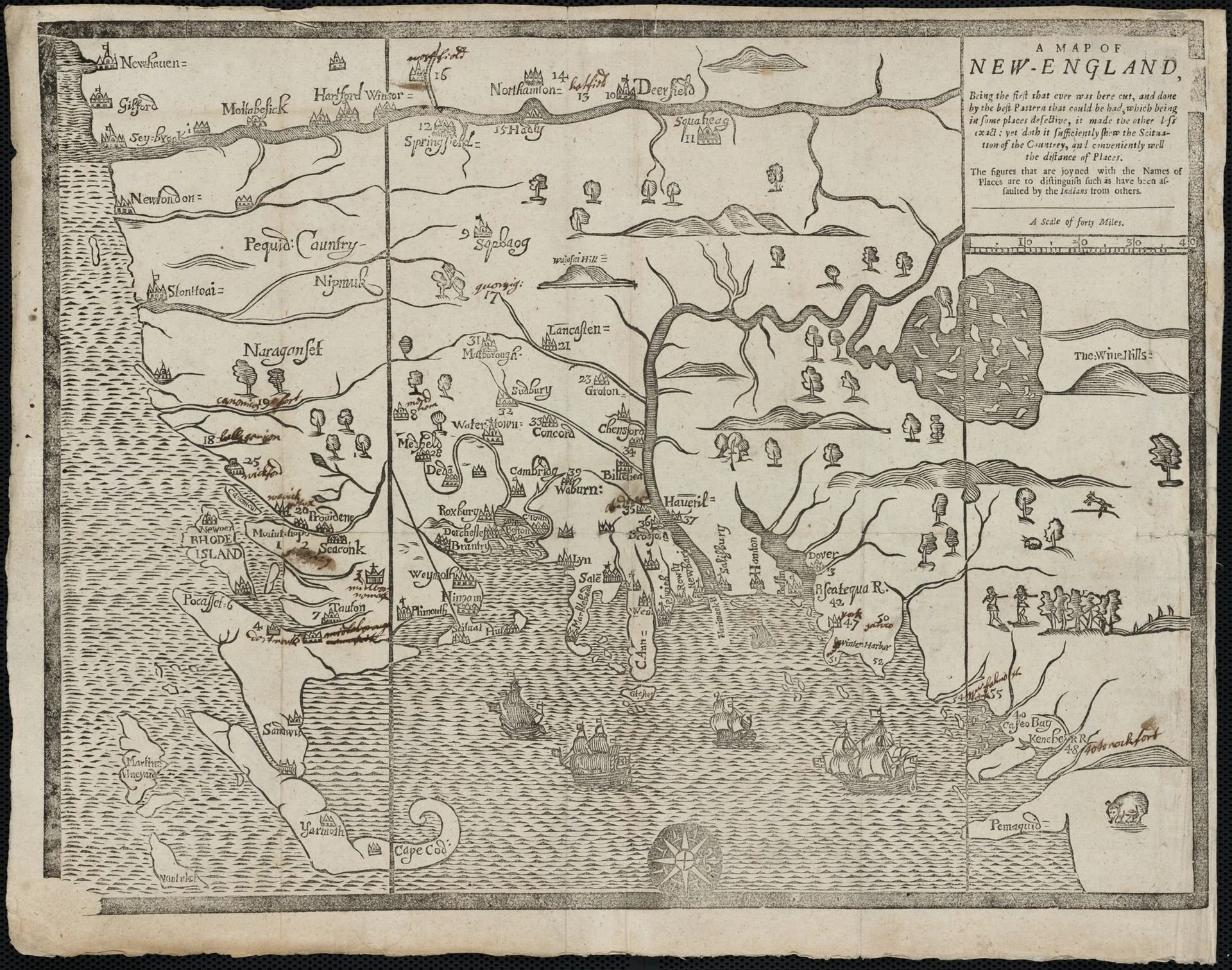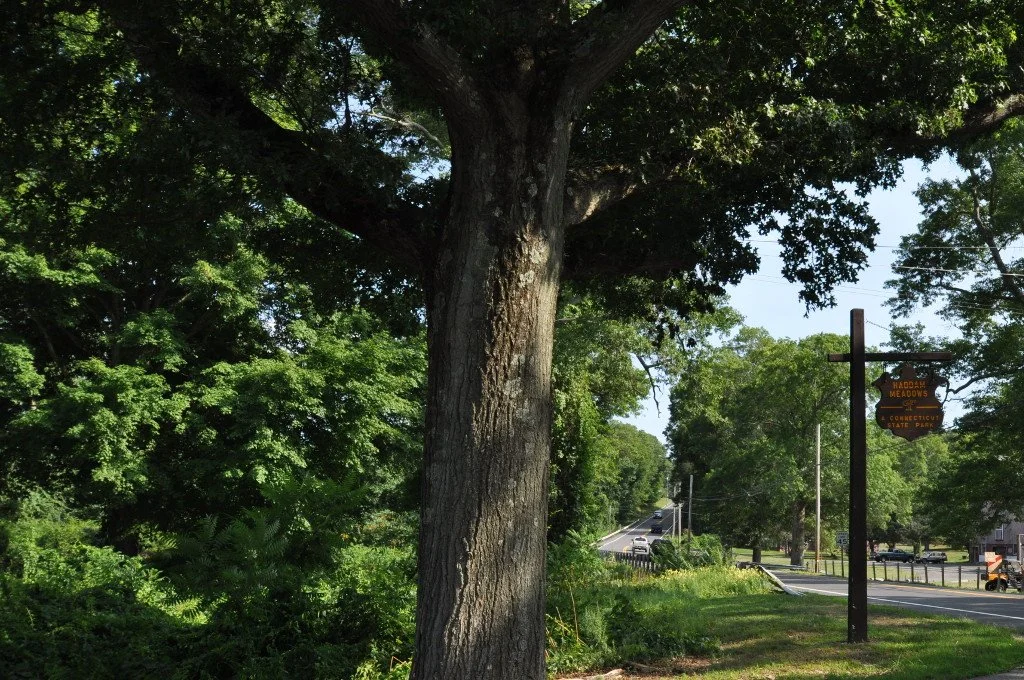
Our single-cell world
Entrance to Haddam Meadows State Park, in Haddam, Conn.
“I have been trying to think of the earth as a kind of organism, but it is no go. I cannot think of it this way. It is too big, too complex, with too many working parts lacking visible connections. The other night, driving through a hilly, wooded part of southern New England, I wondered about this. If not like an organism, what is it like, what is it most like? Then, satisfactorily for that moment, it came to me: it is most like a single cell.’’
–— Lewis Thomas (1913-1993), American physician, researcher, writer and health-care executive.
Woodland as an organism
In Borderland State Park, which straddles Easton and Sharon, Mass.
"I have been trying to think of the earth as a kind of organism, but it is no go. I cannot think of it this way. It is too big, too complex, with too many working parts lacking visible connections. The other night, driving through a hilly, wooded part of southern New England, I wondered about this. If not like an organism, what is it like, what is it most like? Then, satisfactorily for that moment, it came to me: it is most like a single cell.''
-- The late Lewis Thomas, physician, essayist and poet. wrote Lives of a Cell: Notes of a Biology Watcher.



